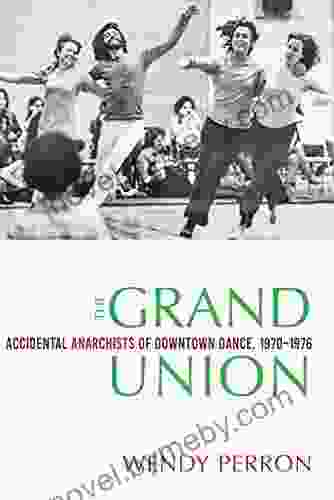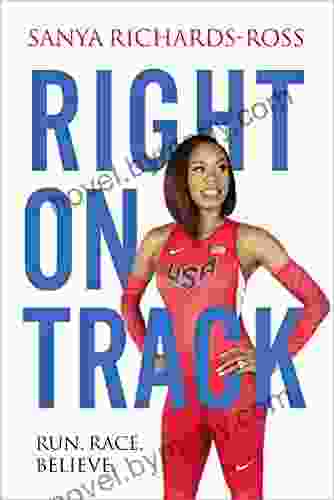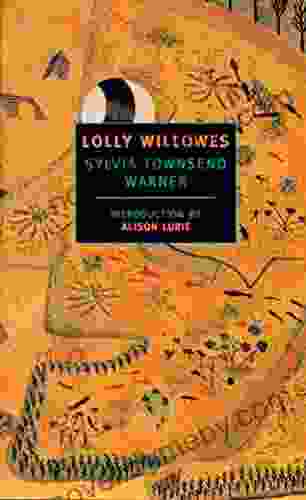Meet the Accidental Anarchists who Revolutionized Downtown Dance, 1970-1976

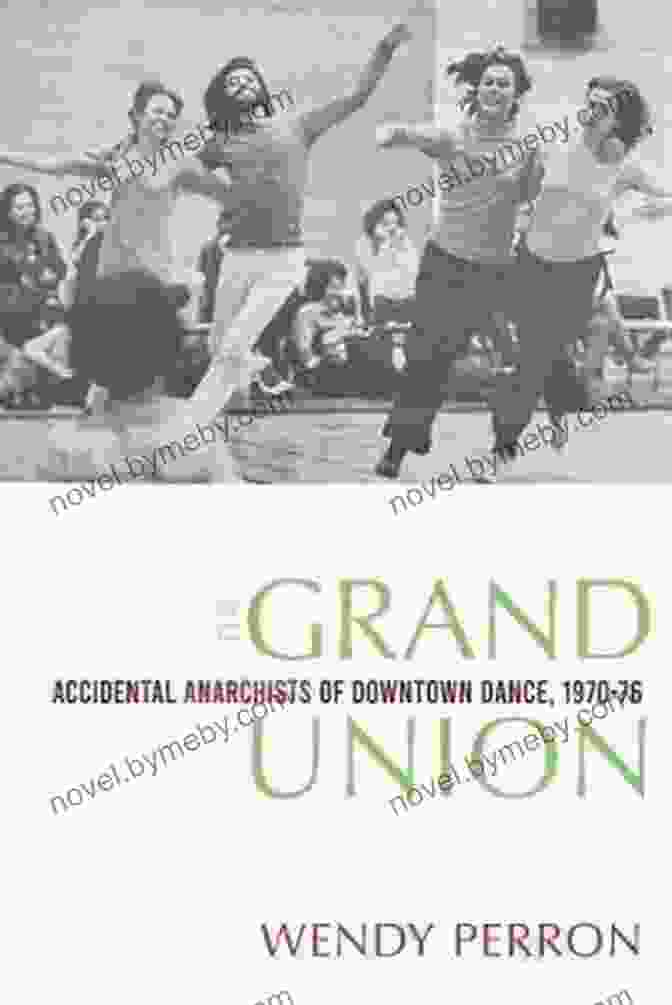
The Grand Union: Accidental Anarchists of Downtown Dance, 1970-1976
In the heart of New York City's vibrant downtown dance scene in the early 1970s, a group of unlikely collaborators emerged. They were artists, dancers, musicians, and poets, united by a shared passion for experimentation and a rejection of established norms. Together, they formed The Grand Union, a collective that would challenge the boundaries of dance and performance, leaving an indelible mark on the art form.
5 out of 5
| Language | : | English |
| File size | : | 13608 KB |
| Text-to-Speech | : | Enabled |
| Screen Reader | : | Supported |
| Enhanced typesetting | : | Enabled |
| Word Wise | : | Enabled |
| Print length | : | 384 pages |
| X-Ray for textbooks | : | Enabled |
The Genesis of an Unlikely Alliance
The Grand Union's origins can be traced back to a chance meeting between dancer Yvonne Rainer and visual artist Trisha Brown in 1970. Soon after, they were joined by composer John Cage, choreographer Merce Cunningham, visual artist Robert Rauschenberg, and a diverse group of other creatives. What united these disparate individuals was a mutual desire to create works that defied categorization, rejecting traditional notions of dance, music, and theater.
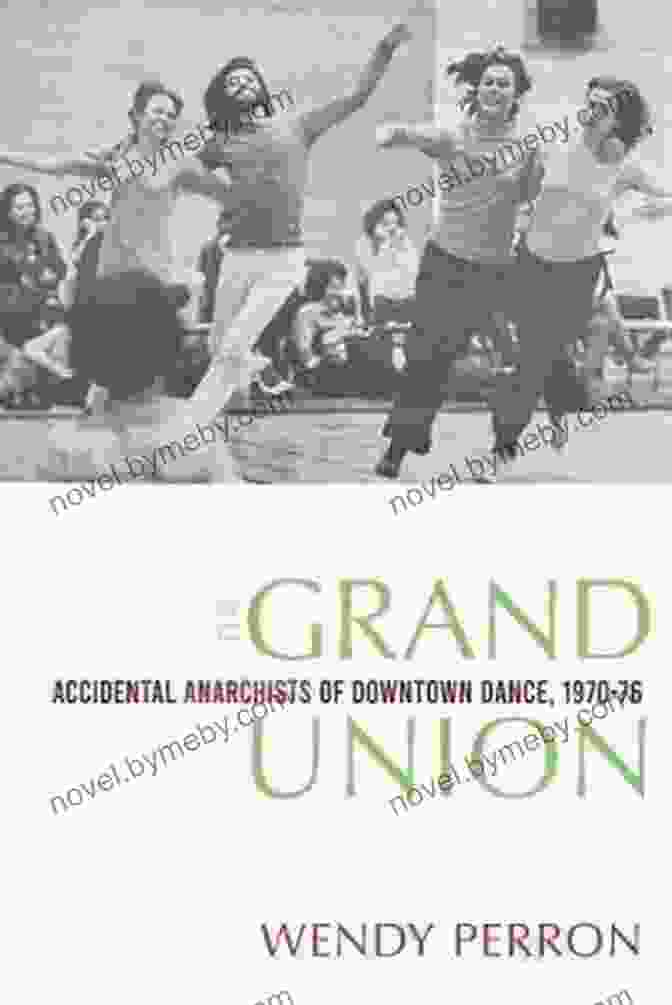
Challenging Conventions: Deconstructing Dance and Performance
The Grand Union's performances were characterized by their raw energy, spontaneity, and rejection of spectacle. They challenged conventional notions of dance by incorporating everyday movements, improvisational elements, and found objects into their work. Their performances often took place in unconventional spaces, such as warehouses, rooftops, and even the streets of downtown Manhattan.
Through their experimental approach, The Grand Union sought to break down the boundaries between performer and audience, inviting spectators to become active participants in the creative process. Their performances were often interactive, with audience members encouraged to move, dance, and interact with the performers.
Embracing the Anarchic Spirit
The Grand Union's collaborative nature extended beyond the stage. They operated as a collective, with no clear hierarchy or division of labor. Decisions were made through open discussions, and each member contributed their unique skills and ideas to the group's creative output.
This anarchic spirit permeated every aspect of The Grand Union's work. They rejected the traditional funding mechanisms and operated largely outside the established arts institutions. Their performances were often free or low-cost, making them accessible to a wider audience.
Legacy of Innovation and Inspiration
The Grand Union disbanded in 1976, but their impact on the dance world continued to resonate for years to come. Their experimental approach and collaborative spirit inspired countless artists and performers, both in New York and beyond.
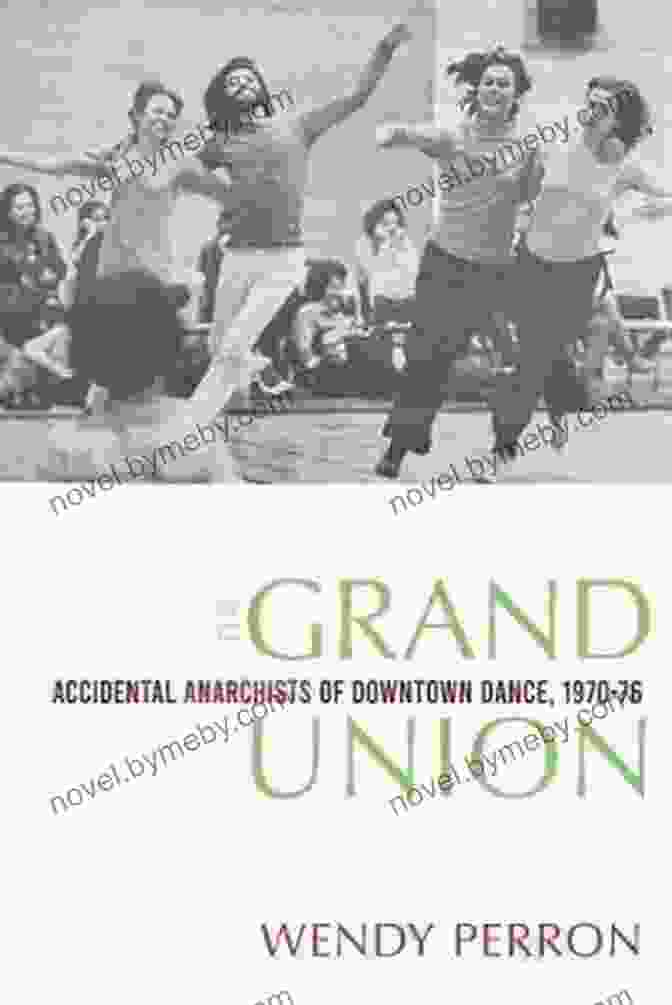
Today, The Grand Union's work is widely regarded as a seminal moment in the development of contemporary dance. Their innovative ideas and boundary-pushing performances continue to be studied and celebrated in universities and dance studios around the world.
The Grand Union: A Call for Radical Collaboration
The Grand Union's story is a testament to the power of collaboration and the pursuit of artistic freedom. By embracing anarchy and experimentation, they created groundbreaking work that challenged the status quo and left a lasting legacy on the arts.
Their legacy inspires us to question established norms, to embrace diversity and collaboration, and to strive for a more equitable and creative world. As we face the challenges of the 21st century, The Grand Union reminds us that anything is possible when we come together and dare to experiment.
5 out of 5
| Language | : | English |
| File size | : | 13608 KB |
| Text-to-Speech | : | Enabled |
| Screen Reader | : | Supported |
| Enhanced typesetting | : | Enabled |
| Word Wise | : | Enabled |
| Print length | : | 384 pages |
| X-Ray for textbooks | : | Enabled |
Do you want to contribute by writing guest posts on this blog?
Please contact us and send us a resume of previous articles that you have written.
 Book
Book Novel
Novel Page
Page Chapter
Chapter Text
Text Story
Story Genre
Genre Reader
Reader Library
Library Paperback
Paperback E-book
E-book Magazine
Magazine Newspaper
Newspaper Paragraph
Paragraph Sentence
Sentence Bookmark
Bookmark Shelf
Shelf Glossary
Glossary Bibliography
Bibliography Foreword
Foreword Preface
Preface Synopsis
Synopsis Annotation
Annotation Footnote
Footnote Manuscript
Manuscript Scroll
Scroll Codex
Codex Tome
Tome Bestseller
Bestseller Classics
Classics Library card
Library card Narrative
Narrative Biography
Biography Autobiography
Autobiography Memoir
Memoir Reference
Reference Encyclopedia
Encyclopedia Terasa Cooley
Terasa Cooley Richard Butner
Richard Butner Stephen Griffin
Stephen Griffin Mike Settele
Mike Settele Roger Stern
Roger Stern Steve Heaney Mc
Steve Heaney Mc Rachel Marks
Rachel Marks Sharon Dennis Wyeth
Sharon Dennis Wyeth Robert Payne
Robert Payne Sofiya Pasternack
Sofiya Pasternack Phoebe Hoban
Phoebe Hoban Leslie Stager
Leslie Stager Sebastian Junger
Sebastian Junger Gary Webb
Gary Webb Rebecca Collins
Rebecca Collins Sarah Edmondson
Sarah Edmondson Rita Naomi Moran
Rita Naomi Moran Pooja Puri
Pooja Puri Tovah Feldshuh
Tovah Feldshuh Pam Rosenberg
Pam Rosenberg
Light bulbAdvertise smarter! Our strategic ad space ensures maximum exposure. Reserve your spot today!
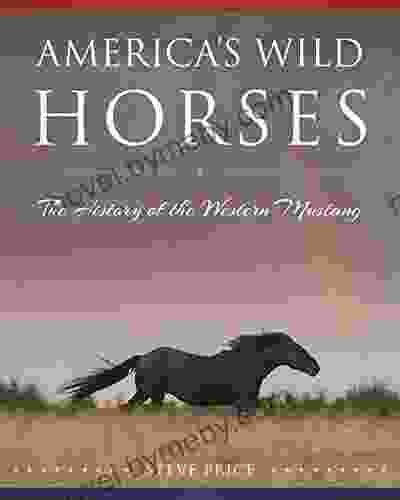
 Hunter MitchellAmerica's Wild Horses: A Captivating Journey Through the Untamed Spirit of...
Hunter MitchellAmerica's Wild Horses: A Captivating Journey Through the Untamed Spirit of...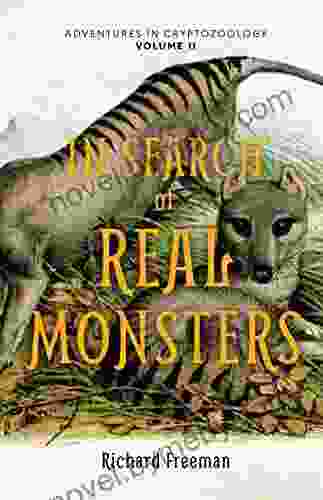
 Henry David ThoreauUnveiling the Enigmatic Realm of Cryptozoology: Mythical Animals of Norse...
Henry David ThoreauUnveiling the Enigmatic Realm of Cryptozoology: Mythical Animals of Norse... Desmond FosterFollow ·15k
Desmond FosterFollow ·15k Connor MitchellFollow ·11.1k
Connor MitchellFollow ·11.1k Heath PowellFollow ·12.1k
Heath PowellFollow ·12.1k Jace MitchellFollow ·4.6k
Jace MitchellFollow ·4.6k Chase MorrisFollow ·4.9k
Chase MorrisFollow ·4.9k Ian MitchellFollow ·10.4k
Ian MitchellFollow ·10.4k Edgar HayesFollow ·15k
Edgar HayesFollow ·15k W. Somerset MaughamFollow ·16.2k
W. Somerset MaughamFollow ·16.2k

 Mike Hayes
Mike HayesArthur Meighen: A Life in Politics
Arthur Meighen was one of Canada's most...
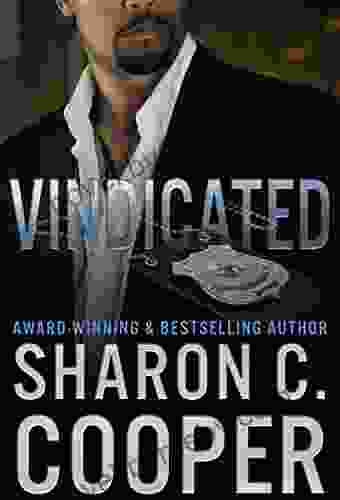
 Bryan Gray
Bryan GrayVindicated: Atlanta's Finest
In the heart of Atlanta, a...

 Houston Powell
Houston PowellHis to Defend: A Captivating Legal Thriller That Will...
An Unforgettable...
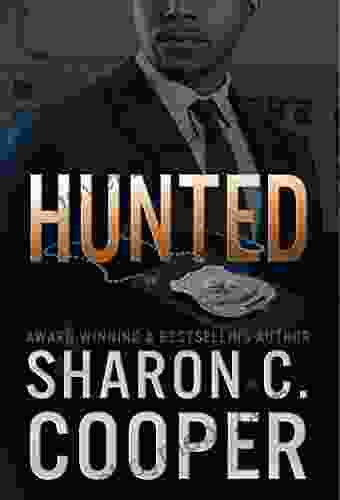
 John Green
John GreenUncover the Riveting Tale of "Hunted: Atlanta Finest" - A...
Prepare yourself for a...
5 out of 5
| Language | : | English |
| File size | : | 13608 KB |
| Text-to-Speech | : | Enabled |
| Screen Reader | : | Supported |
| Enhanced typesetting | : | Enabled |
| Word Wise | : | Enabled |
| Print length | : | 384 pages |
| X-Ray for textbooks | : | Enabled |


